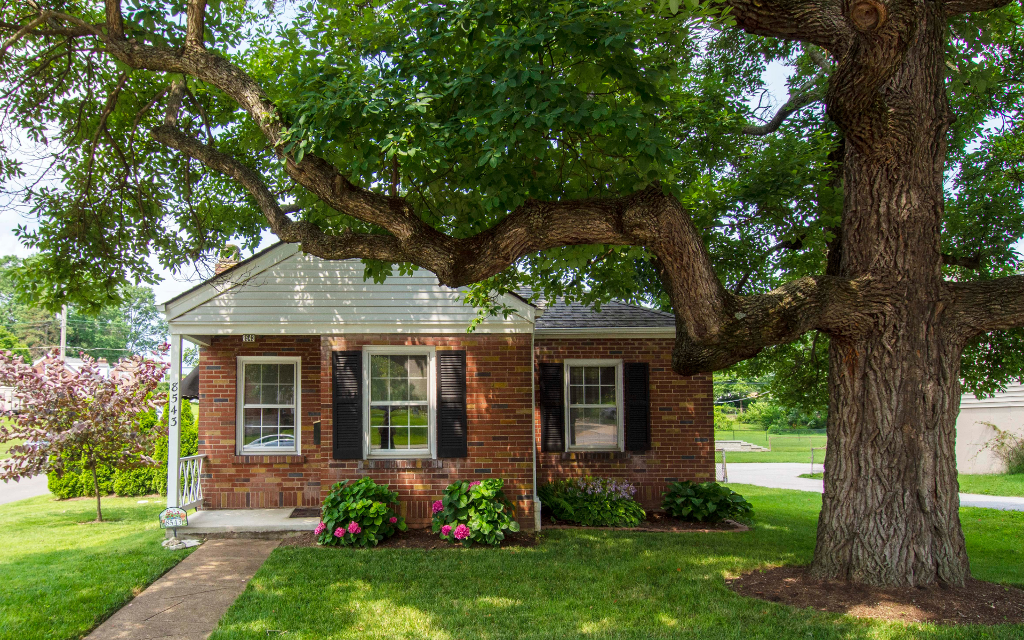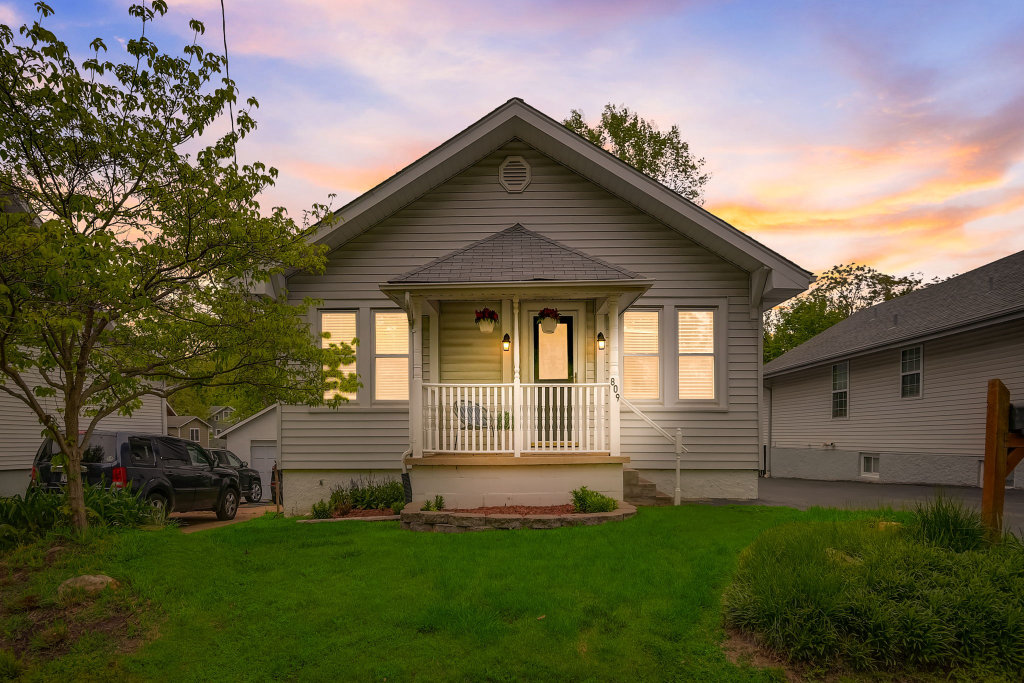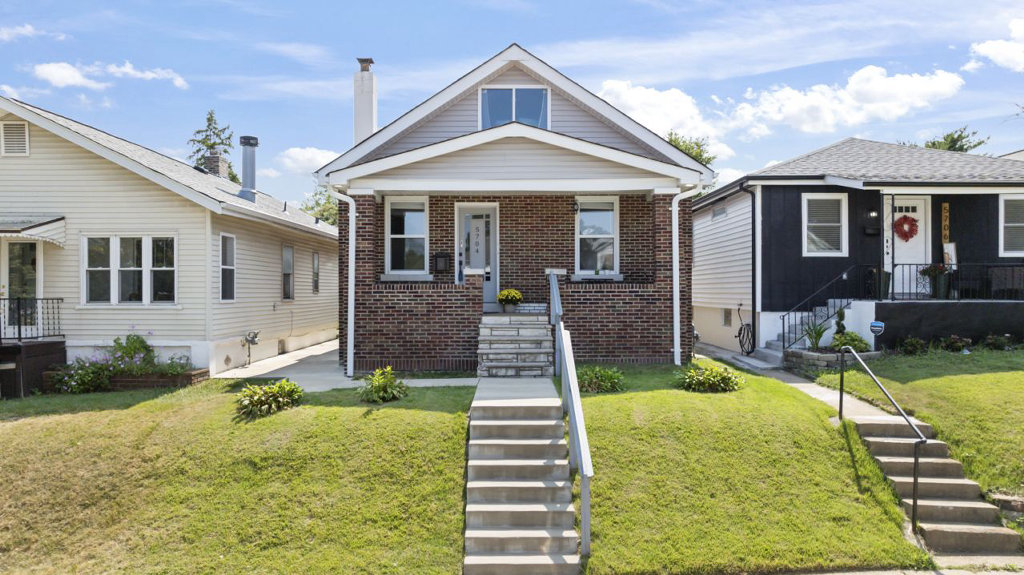
Posted by Dawn Griffin
Small Home Trend
In recent years, the small home trend—those under 1,500 square feet—has gained significant momentum. Whether driven by economic considerations, environmental concerns, or a desire for simpler living, more people are choosing to downsize their living spaces. This shift is more than just a passing fad; it reflects a broader change in how we view homeownership and the qualities that define a desirable living environment.

Advantages of a Small Home
1. Cost Savings
One of the most compelling reasons to consider a smaller home is the financial benefit. Smaller homes generally come with a lower purchase price, which means a smaller mortgage and lower monthly payments. Beyond the initial savings, smaller homes also tend to have lower utility bills, property taxes, and maintenance costs. This can free up funds for other priorities, such as travel, education, or retirement savings.
2. Easier Maintenance
Smaller homes are easier and less expensive to maintain. With fewer rooms and square footage to clean and repair, homeowners can spend less time on upkeep and more time enjoying their space. This is particularly appealing to those with busy lifestyles or those looking to downsize as they approach retirement.
3. Environmental Benefits
A smaller home requires fewer resources to build and maintain, making it a more environmentally friendly choice. Reduced energy consumption for heating, cooling, and lighting means a smaller carbon footprint. Additionally, many small home designs incorporate sustainable building materials and energy-efficient appliances, further reducing their environmental impact.
4. A Small Home Encourages Intentional Living
Living in a smaller space encourages homeowners to be more intentional with their possessions and lifestyle choices. With less room for clutter, individuals are often motivated to declutter and focus on what truly matters to them. This can lead to a more organized, stress-free living environment and a greater sense of satisfaction with one’s home.
5. Flexibility and Mobility
Smaller homes are often easier to sell or rent, offering greater flexibility if life circumstances change. Whether you’re relocating for work, upgrading, or transitioning into a different stage of life, a smaller home can be an asset that adapts to your needs. Additionally, the growing popularity of tiny homes and mobile homes provides options for those seeking a minimalist, nomadic lifestyle.
6. A Sense of Community
Living in a smaller home often means living closer to neighbors, which can foster a stronger sense of community. Smaller homes are frequently found in more walkable neighborhoods, where residents are more likely to interact and engage with one another. This can lead to a richer, more connected social life and a greater sense of belonging.
Options Around 1,500 Square Feet


Small Home Statistics
Decline in New Home Sizes
According to the U.S. Census Bureau, the average size of newly constructed single-family homes in the United States peaked in 2015 at around 2,740 square feet. Since then, there has been a gradual decline. By 2022, the average size had dropped to approximately 2,479 square feet, indicating a shift toward more modestly sized homes.
Growing Popularity of the small home
Retirees and empty nesters are among the key groups driving this trend, as they seek to downsize to more manageable living spaces that require less maintenance and lower costs. According to a survey by the American Association of Retired Persons (AARP), 77% of adults aged 50 and older want to age in place, often in smaller, single-level homes that are easier to navigate and maintain. First-time homebuyers, particularly younger professionals and those living in urban areas, also lean towards smaller homes due to their affordability.
Demand for Smaller Lots
The Urban Land Institute’s 2021 Emerging Trends in Real Estate report noted an increase in demand for homes on smaller lots. This trend correlates with the desire for more affordable housing options and a reduced environmental footprint.
Environmental Considerations
A 2020 survey by the American Institute of Architects (AIA) found that 53% of architects reported a growing client interest in designing smaller homes that are more energy-efficient and sustainable.
Summary
The trend toward smaller homes is not just about reducing square footage—it’s about embracing a lifestyle that prioritizes simplicity, sustainability, and financial freedom. Whether you’re a first-time homebuyer, a downsizer, or simply someone looking to make a more mindful housing choice, smaller homes offer a myriad of advantages that make them an appealing option in today’s market.
Ready to explore the possibilities of living in a smaller home? Contact us today to learn more about the available options in your area and how downsizing can fit your lifestyle. Let’s find the perfect home that meets your needs and supports the life you want to live.

